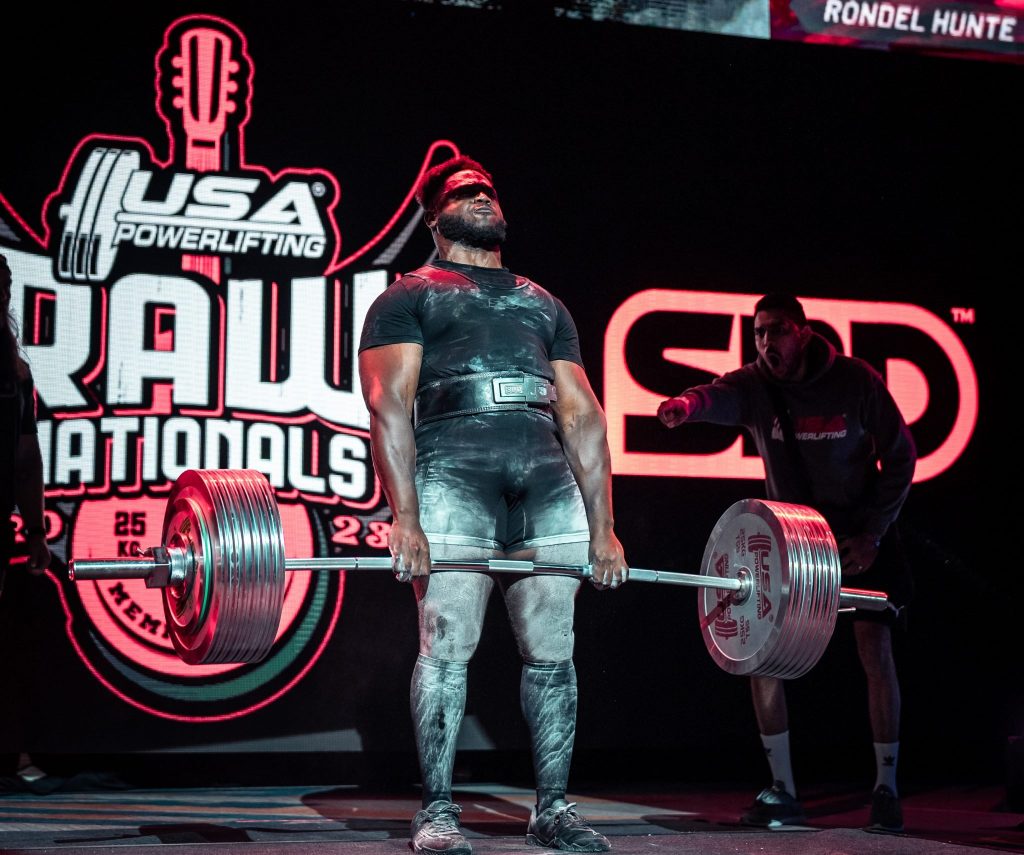The following article appears in the July 1997 issue of Clean Power:
This month’s topic will be about lower and upper cross syndromes. What are these? They are syndromes with various complications that can wreak havoc on the average person. For the athlete, especially the powerlifter, they can decrease strength, flexibility, range of motion and lead to further degenerative processes (wearing down of the body – arthritis, etc.). Upper cross syndrome refers to the upper part of the body, namely the neck/upper back/chest/shoulder areas. Lower cross syndrome refers to the lower part of the body surrounding the pelvis/lower back/abdominal/upper thigh areas. I will first describe what these syndromes are and then I will discuss upper cross syndrome specifically, then lower cross.
What happens in both syndromes is that several muscle groups have become shorter and tighter. Other muscle groups have become weakened as a result of the previous mentioned tight muscles. What happens then is these problem areas start a bad cycle – they each get worse, making the other worse also. More tight muscles and increased weak muscles. Unless they are halted, they will start to change the composition and integrity of the surrounding joints, muscles, cartilage, nervous structures and other tissues. This means osteoarthritis (aging or degenerative arthritis) can rear its ugly head. This is not good for the powerlifter as the powerlifter needs good joints to withstand the incredible stresses and forces we place on them during our heavy training. Postural changes of the body will also occur with these syndromes, as I will discuss further below.
Upper cross syndrome consists of various tightened and weak muscles. The tight muscles are generally as follows: upper trapezius, the sternocleidomastoid (a large muscle in the front of the neck), the pectoralis major/minor and levator scapulae (a muscle at the back of the neck). The weakened muscles are as follows: rhomboid major/minor, deep neck flexors, middle and lower trapezius and the serratus anterior (a muscle at the side of the rib cage and going back to the shoulder blade). How do you know if you have upper cross syndrome? You will see your head going forward, increased cervical curve, protracted shoulders and increased thoracic (mid-back) kyphosis (curve). This is the beginning of the upper cross syndrome.
Lower cross syndrome also consists of various tightened and weak muscles. The tight muscles are generally as follows: hip flexors (such as iliopsoas, rectus femoris – one of the quadricep muscles), and erector spinae muscle group – the muscles on either side of the spine. The weakened muscles are as follows: abdominal muscles and gluteus maximus – part of your buttock muscles. How do you know if you have lower cross syndrome? Having a swayback (excessive curve of the lower back) is a good indication of lower cross syndrome. Demostrating an anterior pelvic tilt (hips tilted forward), increased lumbar (low back) lordosis (curve) and increased hip flexion. Lower back pain can suggest lower cross syndrome is involved, however, there are also many causes of low back pain.
What can you do if you have the above syndrome(s)? Identifying the problem areas is important. Next, stretching and lengthening the tightened muscles is very important as is strengthening the weakened muscles. You will not see immediate results in doing the above. The athlete needs to be consistent with the above regimen, just as it takes hard and consistent training to get strong. It will not happen overnight. If you do the above over a three to six month period, you will start to see changes to these problem areas. After you notice changes happening, continue to do these exercises and you will become stronger as the muscles are able to work more synergistically (together) and decrease the chances of degenerative processes from wreaking havoc on your body and making you weaker.
In previous issues I talked about overtraining, muscle imbalance and nutrition. Overtraining and muscle imbalance will contribute to the onset and proliferation of the cross syndromes. Nutrition will be necessary to more completely help the process of fixing the cross syndromes.
Please send your questions for the Sports Medicine Committee to:
Dr. Michael Hartle – Gold Bee Health Store
3835 W. Jefferson Blvd.
Ft. Wayne, IN, 46804.
If you would like a personal response, please send a SASE with $2.00 to cover additional postage and other expenses. I also welcome your comments on the committee/column.


